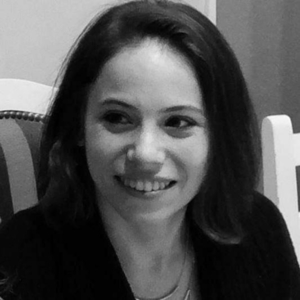Learning to Model 3D Human Face Geometry (Talk)
In this talk I will present an overview of our recent works that learn deep geometric models for the 3D face from large datasets of scans. Priors for the 3D face are crucial for many applications: to constrain ill posed problems such as 3D reconstruction from monocular input, for efficient generation and animation of 3D virtual avatars, or even in medical domains such as recognition of craniofacial disorders. Generative models of the face have been widely used for this task, as well as deep learning approaches that have recently emerged as a robust alternative. Barring a few exceptions, most of these data-driven approaches were built from either a relatively limited number of samples (in the case of linear models of the shape), or by synthetic data augmentation (for deep-learning based approaches), mainly due to the difficulty in obtaining large-scale and accurate 3D scans of the face. Yet, there is a substantial amount of 3D information that can be gathered when considering publicly available datasets that have been captured over the last decade. I will discuss here our works that tackle the challenges of building rich geometric models out of these large and varied datasets, with the goal of modeling the facial shape, expression (i.e. motion) or geometric details. Concretely, I will talk about (1) an efficient and fully automatic approach for registration of large datasets of 3D faces in motion; (2) deep learning methods for modeling the facial geometry that can disentangle the shape and expression aspects of the face; and (3) a multi-modal learning approach for capturing geometric details from images in-the-wild, by simultaneously encoding both facial surface normal and natural image information.
Biography: Victoria Fernandez Abrevaya is a Ph.D. student at Inria Grenoble, France, under the supervision of Edmond Boyer and Stefanie Wuhrer. Before that, she received her master’s degree in Computer Science from the University of Buenos Aires, Argentina. Her research interests are in the areas of 3D computer vision, shape modeling and digital representation of humans.


